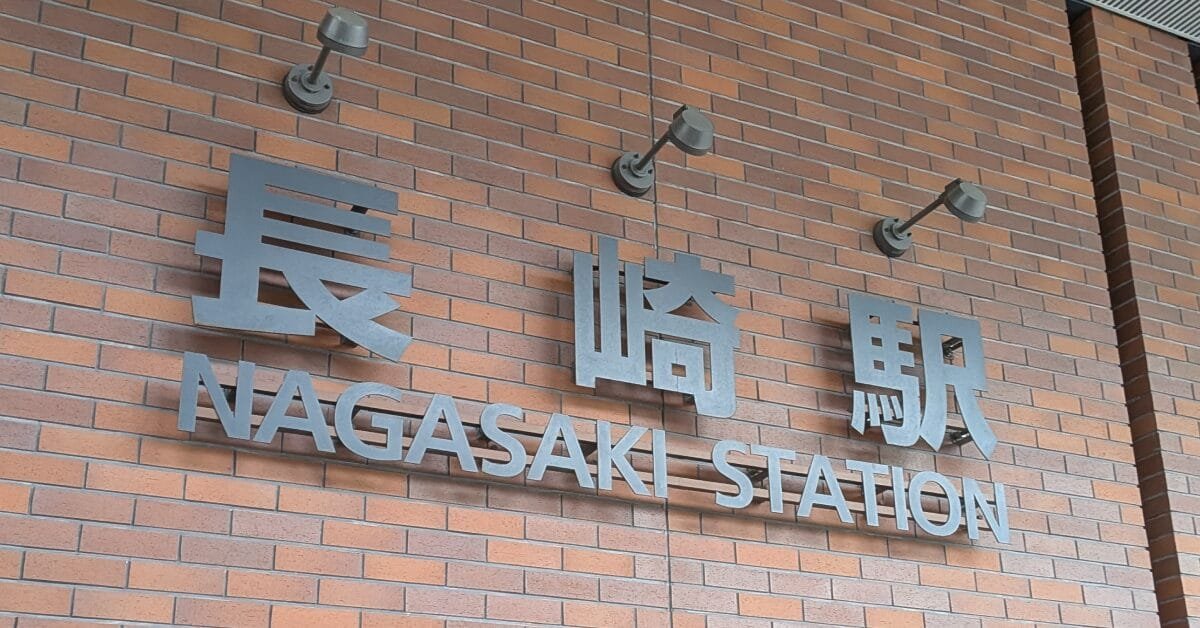Nagasaki: The Cultural Crossroads That Shaped Japanese Wagashi Traditions
During Japan’s isolation period, Nagasaki served as the sole gateway to the outside world. Through this port city, various cultures, knowledge, and ingredients flowed into Japan, establishing the foundation for modern Japanese culture. In the realm of traditional Japanese confectionery (wagashi), Nagasaki’s contribution is immeasurable. Sugar and confectionery techniques that crossed the sea merged with Japan’s climate and sensibilities, developing in unique ways. This article explores Nagasaki’s wagashi culture born from international exchange, its historical background, and traditions that continue today.
Nagasaki as Japan’s Historical Gateway: Where East Met West
Nagasaki developed as an important port town connecting Japan with the outside world since ancient times. In 1571, when Portuguese ships entered Nagasaki harbor, the city began its journey as an international trading port. Christianity, castella cake, and vidro (glass products) were among the many foreign cultural elements introduced to Japan through this region. Nagasaki, with its diverse cultures and goods in circulation, became the starting point of a new Japanese culture.
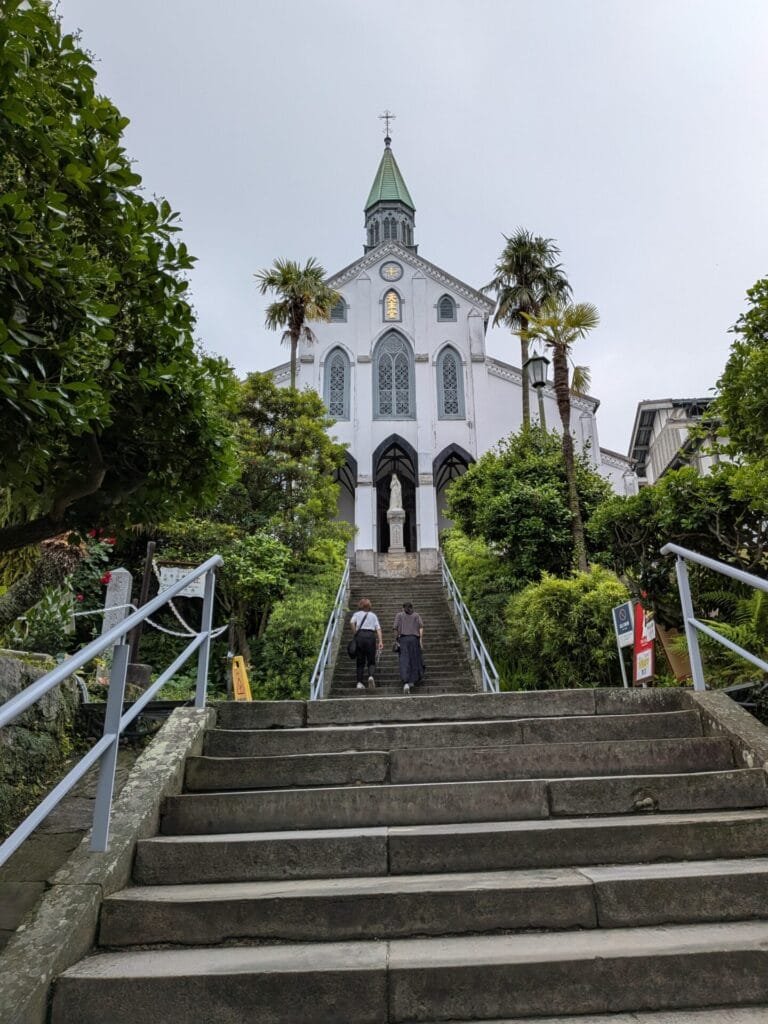
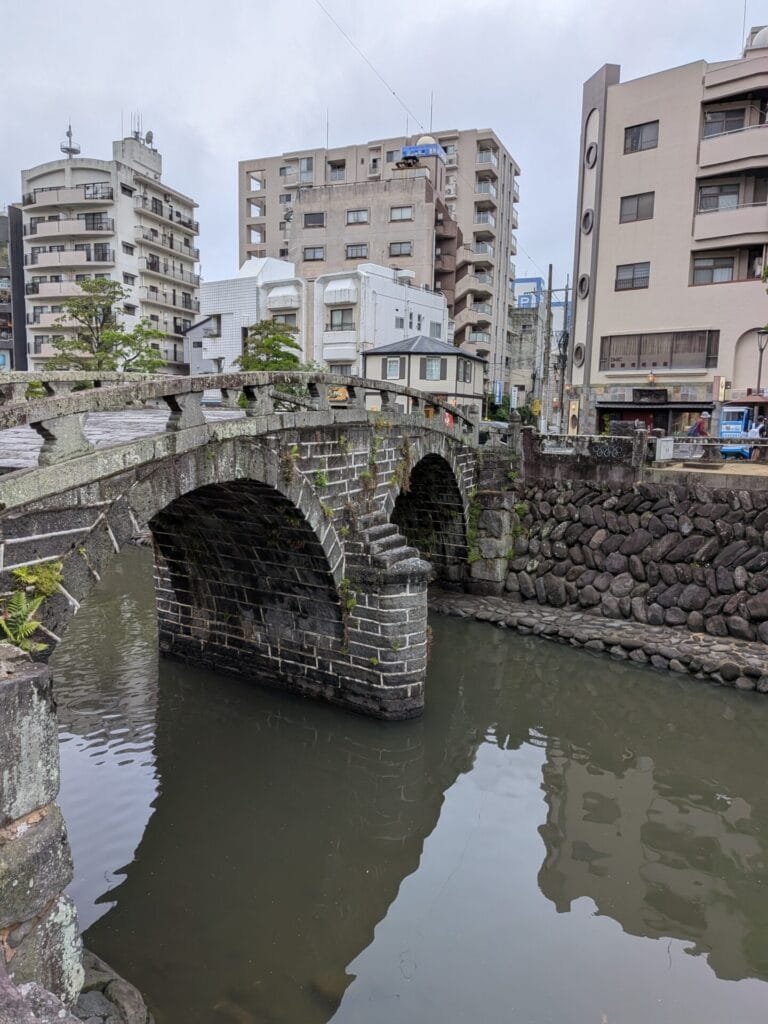

Initially, trade centered on Portugal and Spain, but when Japan’s isolation policy began in 1639, Nagasaki became a special zone where only the Dutch and Chinese were permitted to trade. Trade with the Netherlands, in particular, was conducted exclusively through Nagasaki’s Dejima, through which Western scientific technology, medicine (Rangaku), and food culture were introduced to Japan.
During this era, Nagasaki functioned not merely as a trading post but as an “intersection of knowledge” where different cultures and information converged. Every year, inspection teams from Edo visited the Dutch trading post on Dejima, bringing back the latest Western information. Meanwhile, Western scholars and physicians like Siebold studied Japanese culture and nature from Dejima, transmitting information about Japan back to the West.
Castella: Nagasaki’s Signature Sweet and the Beginning of a Confectionery Revolution
When discussing Nagasaki’s wagashi culture, castella cake stands at the forefront. Introduced by the Portuguese in the late 16th century, this confection was called “Pão de Castela” (Castilian Bread) in Portuguese, named after the Castile region of Spain, though it actually came to Japan from Portugal.
The original castella brought to Japan differed slightly from today’s version. It was a basic sponge cake made with sugar, flour, and eggs, but in Japan, it evolved with additions like mizuame (starch syrup) to create a moister texture, adapting to Japanese preferences. By the middle of the Edo period, Nagasaki’s castella had spread throughout Japan and was prized as a luxury confection in Kyoto and Edo (Tokyo).
These sweets were initially direct imports from the West but gradually merged with Japanese food culture, seasonal sensibilities, and aesthetic consciousness, developing distinctively. In particular, their connection with tea ceremony culture led to their evolution into more delicate wagashi that express the seasons.
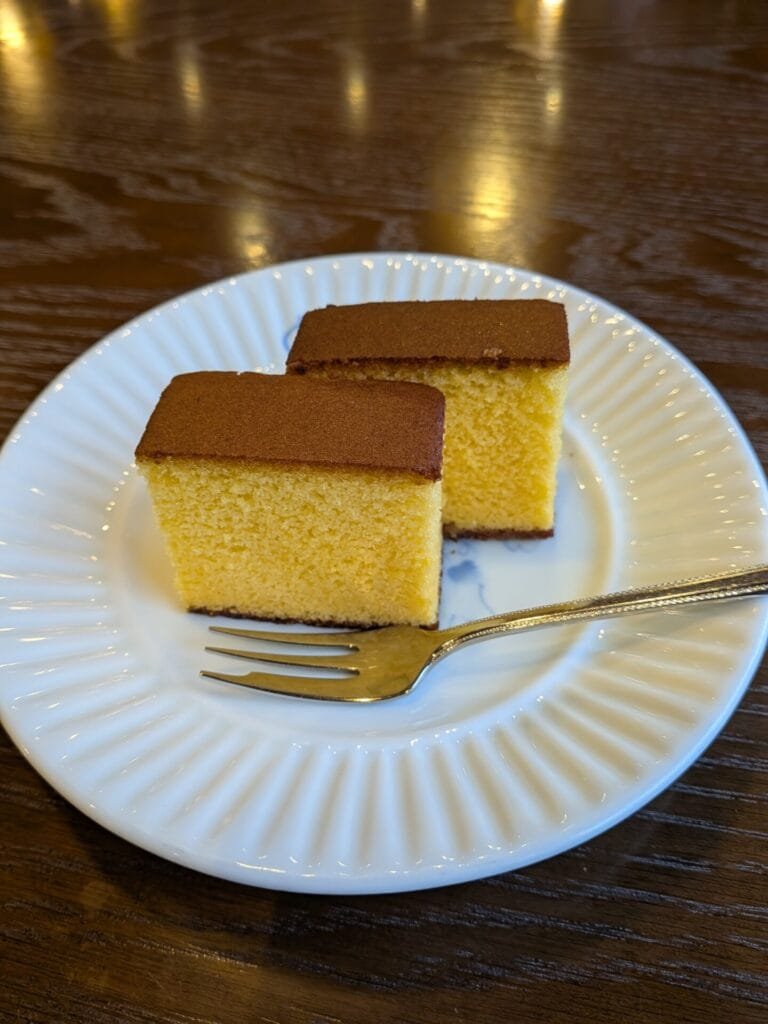
Dejima: The Island Window That Wove a History of Cultural Exchange
During the Edo period, the shogunate implemented an isolation policy, strictly limiting contact with foreign countries. However, Nagasaki’s Dejima was an exception. Constructed as an artificial island in 1636, with a Dutch trading post established there, it became a “special zone” where trade with the West was permitted. The construction of Dejima was funded by Nagasaki’s townspeople, with the entire town supporting this trading base.
According to records by the 17th-century Dutch physician van den Berghe, Dejima at that time had about 20 buildings, including the Dutch chief merchant’s residence, warehouses, and interpreters’ quarters. With an area of approximately 13,000 square meters (some sources cite about 15,000 square meters), this small fan-shaped artificial island was Japan’s only window to the Western world at that time.
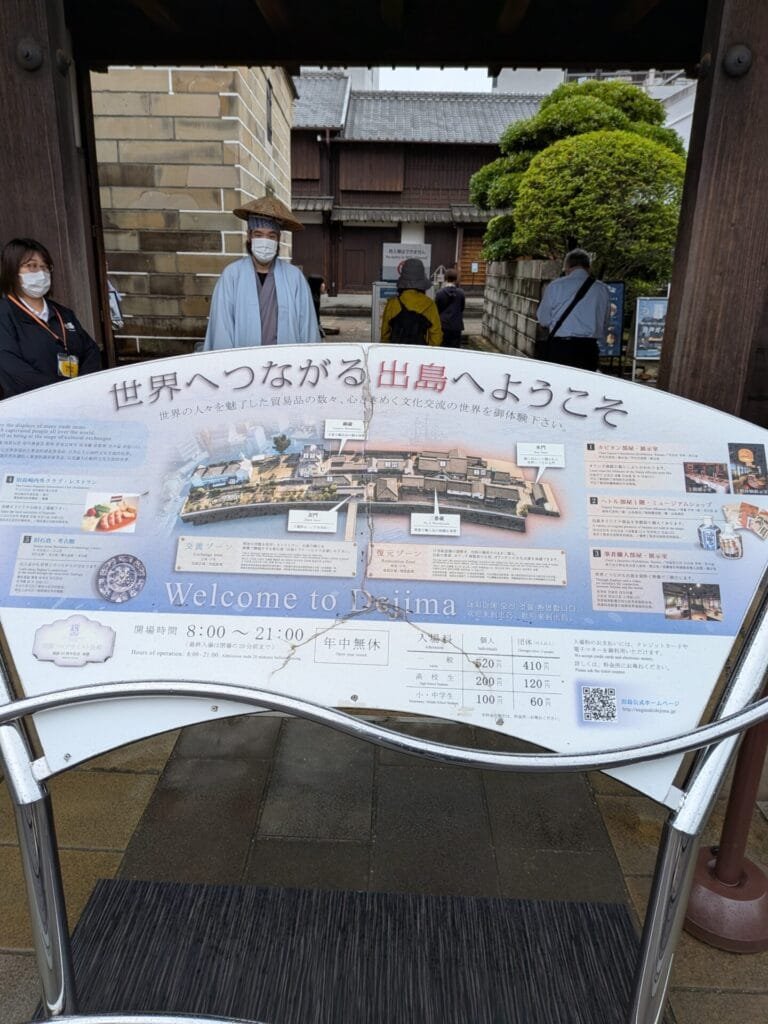

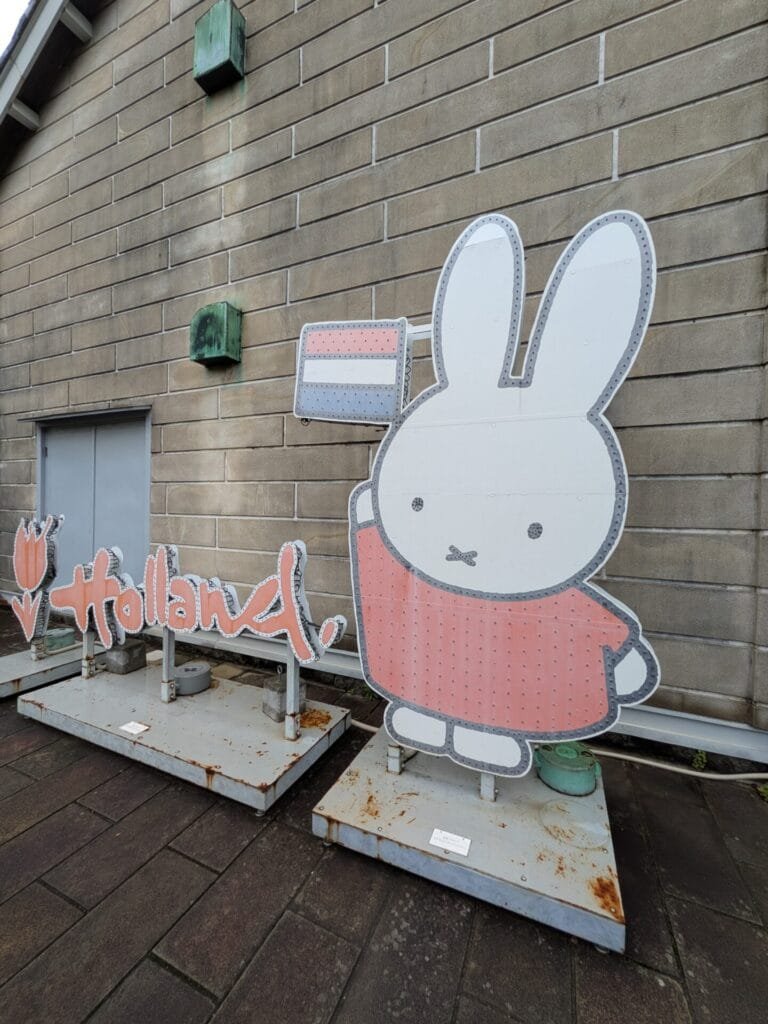
The items brought to Japan through Dejima were diverse. Raw silk, sugar, glass products, medicinal herbs, ceramics, European woolens, and dyes were all new to the Japanese of that era. Additionally, Western confections like castella and biscuits, parts of Western clothing, and cutting-edge scientific knowledge and medicine were also transmitted through Dejima.
European-origin plants and vegetables such as sunflowers, cabbages, and potatoes are also said to have been introduced through Dejima. These have now become indispensable in Japanese cuisine and daily life, preserved to modern times with uniquely Japanese adaptations.
The Sweet Revolution: How Sugar from Nagasaki Transformed Japanese Confectionery
The most significant influence on the development of wagashi was “sugar” brought through Nagasaki. From the late 16th century, sugar imports from China and Southeast Asia began primarily through Nagasaki, and by the 17th century, it was distributed nationwide via Dejima.
Until the early Edo period, sugar was valued as medicine and was beyond the reach of ordinary citizens. However, as sugar imports increased in the 18th century and domestic sugar production began, prices gradually decreased, making it accessible to more people.
With the spread of sugar, the world of wagashi changed dramatically. Until then, Japanese confections primarily consisted of simple items made from grains like rice and azuki beans, such as mochi and dango. However, the introduction of sugar led to the birth of more diverse and delicate wagashi. For example, Nagasaki’s “aruhei-to” has its roots in Portugal’s traditional “Alfenim” confection but evolved in Japan into an elaborate decorative sweet.
Particularly with the development of the tea ceremony, wagashi using sugar evolved significantly. Tea ceremonies value seasonality, creating demand for delicate wagashi that express nature and seasonal motifs throughout the year. Sugar was an essential ingredient to meet this demand.
When we consider that the sugar coloring wagashi originally crossed the seas from distant foreign lands, we are newly astonished by the historical significance of Nagasaki and Dejima.
Nagasaki’s Specialties: A Rich Food Culture Born from East-West Fusion
Nagasaki is known not only for wagashi but also as a crossroads of various food cultures. Many foods now established as Japanese cuisine, such as “Nagasaki champon” and “sara udon” influenced by China, and “tempura” which originated from Portuguese frying techniques but developed uniquely in Japan, were actually born from international exchange.

In the world of wagashi too, there are specialties that have evolved uniquely in Nagasaki. For example, “aruhei-to” has its roots in Portugal’s “Alfenim” sugar confection but developed in Japan into a more delicate, melt-in-the-mouth decorative sweet.
These wagashi express Japanese aesthetics, seasonal sensibility, and auspicious cultural elements while incorporating foreign techniques and ingredients. They are truly products of cultural fusion that could only have been born in a place like Nagasaki.
Visiting Nagasaki: A Journey to the Origins of Japanese Sweets
If you want to experience Nagasaki’s wagashi culture firsthand, how should you plan your trip? From Tokyo to Nagasaki, it takes about 2 hours by plane, or about 7 hours by connecting Shinkansen and express trains (from Hakata to Nagasaki, it’s about 1 hour and 20 minutes on the Nishi-Kyushu Shinkansen, which opened in 2022).
In Nagasaki City, we recommend visiting spots where you can learn about the history of international exchange, such as Dejima and the Nagasaki Museum of History and Culture. Especially at the reconstructed Dejima, you can learn in detail about the trading post’s conditions and trading history of the time.
For a wagashi tour, visiting established castella shops offers opportunities to learn about their production methods and history.
The best seasons to visit Nagasaki are spring (March to May) and autumn (September to November). These periods have mild climates ideal for sightseeing. Spring is particularly spectacular, with cherry blossoms complementing the city’s exotic streetscapes.
Nagasaki’s unique wagashi culture, born from international exchange. Understanding its historical background can enrich your experience of tasting a single piece of confectionery. When visiting Nagasaki, please not only enjoy the delicious food but also reflect on the history and culture that each sweet conveys.
Tradition Meets Innovation: Nagasaki’s Continuing Legacy in Japanese Sweets
Nagasaki’s wagashi culture developed through the fusion of innovation born from international exchange and Japan’s traditional aesthetic sense and seasonal sensitivity. Even now, Nagasaki’s confectioners cherish the techniques and spirit inherited from their predecessors while taking on the challenge of creating new wagashi.
Nagasaki laid the foundation for Japanese wagashi culture. Understanding its history leads to comprehending the complexity and diversity of Japanese culture. Even in a single piece of wagashi, one can find the history of exchange and fusion between different cultures.
Why not taste the depth of Japanese culture through Nagasaki’s wagashi?
